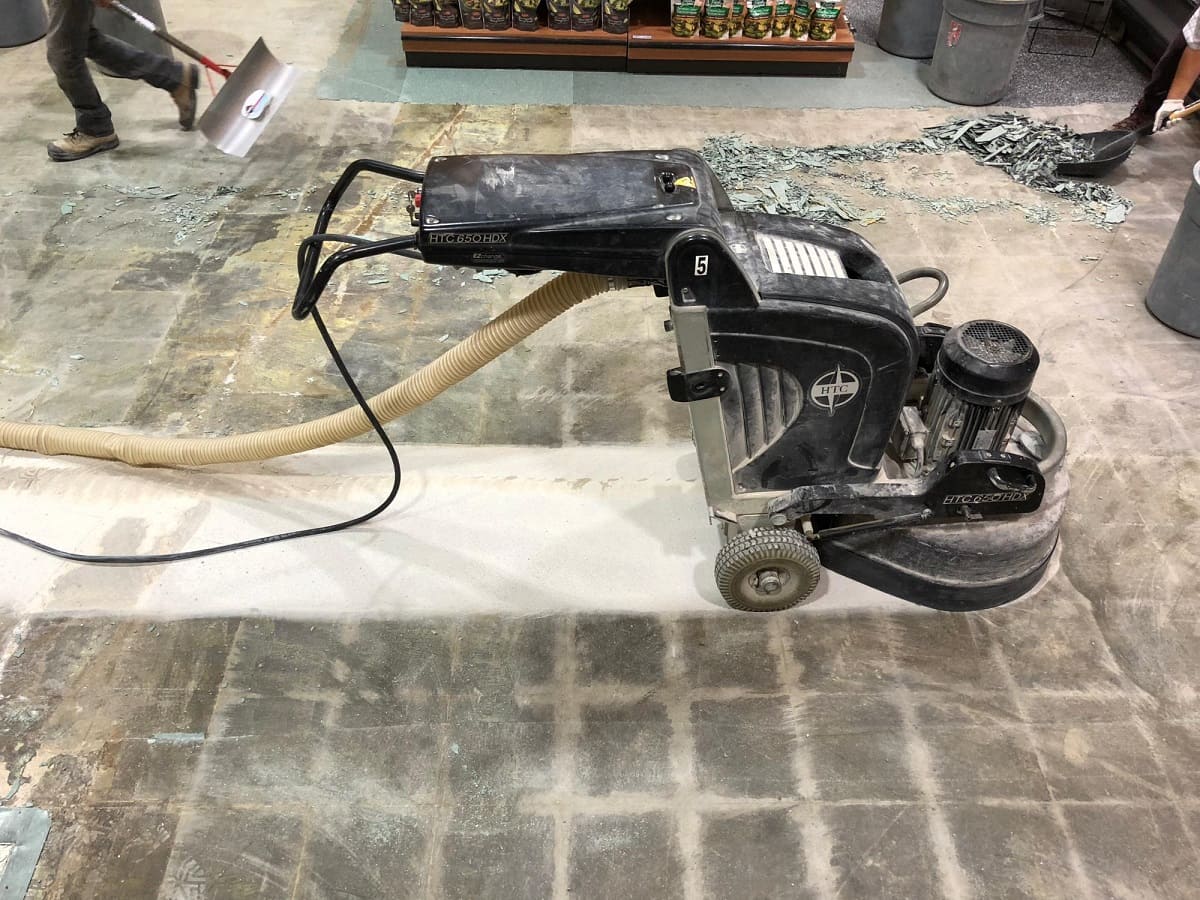

Articles
How To Get Floor Glue Off Concrete
Modified: December 7, 2023
Learn effective techniques for removing floor glue from concrete with these informative articles. Say goodbye to stubborn adhesive residue and restore the beauty of your concrete floors.
(Many of the links in this article redirect to a specific reviewed product. Your purchase of these products through affiliate links helps to generate commission for Storables.com, at no extra cost. Learn more)
Introduction
When it comes to renovating or remodeling your home, one of the challenges you might encounter is removing floor glue from concrete surfaces. Floor glue, also known as adhesive, is often used to secure different types of flooring materials to concrete. Whether you are replacing your old carpet, pulling up vinyl tiles, or getting rid of laminate flooring, you’ll likely have to deal with remnants of floor glue remaining on the concrete.
Removing floor glue from concrete can be a tedious and time-consuming task if not done properly. However, with the right tools, materials, and techniques, you can successfully remove floor glue and restore your concrete surface to its original state.
In this article, we’ll provide you with a step-by-step guide on how to get floor glue off concrete effectively. We’ll also share some tips and precautions to ensure a successful and safe removal process.
Key Takeaways:
- Removing floor glue from concrete requires preparation, the right tools, and patience. Soften the glue with heat, scrape it off carefully, and clean the surface thoroughly for successful removal.
- Understanding the nature of floor glue and following safety precautions are crucial. Test solvents, protect yourself, and work in a well-ventilated area to ensure a smooth and safe removal process.
Read more: How To Get Glue Off Floor
Understanding Floor Glue and Its Adhesive Properties
Before diving into the process of removing floor glue from concrete, it’s important to understand the nature of floor glue and its adhesive properties. Floor glue is typically designed to bond flooring materials to concrete surfaces, providing a secure and long-lasting hold. Different types of floor glue are available, each with its own unique characteristics and recommended usage.
Most floor glues are made from a combination of polymers, resins, and solvents. These ingredients give the glue its adhesive properties, allowing it to bond tightly to both the flooring material and the concrete. The adhesive strength of floor glue is often influenced by factors such as the type of flooring material, the condition of the concrete surface, and the specific brand and formula of the glue.
Some floor glues are water-based, while others are solvent-based. Water-based glues are generally easier to remove as they can be dissolved with water or a mild solvent. Solvent-based glues, on the other hand, tend to be more difficult to remove and may require stronger solvents or mechanical methods.
It’s important to note that the adhesive properties of floor glue can vary depending on factors such as temperature, humidity, and curing time. It’s always recommended to follow the manufacturer’s instructions for applying and removing the specific type of floor glue you’re working with.
Now that we have a basic understanding of floor glue and its adhesive properties, let’s move on to the necessary tools and materials you’ll need to remove floor glue from concrete.
Necessary Tools and Materials
Removing floor glue from concrete requires a specific set of tools and materials to ensure effective and safe removal. Here are the essential items you’ll need:
- Protective gear: Before starting the removal process, make sure to wear protective gear such as safety goggles, gloves, and a dust mask to protect yourself from any potential hazards.
- Heat gun or hairdryer: A heat gun or hairdryer will be useful for softening the floor glue, making it easier to scrape off. Ensure that the heat gun is set at a low or medium temperature to avoid damaging the concrete surface.
- Scrapers or putty knives: You’ll need scrapers or putty knives of different sizes to effectively scrape off the softened floor glue. Opt for tools with sturdy blades that can withstand the pressure of scraping without breaking.
- Solvent or adhesive remover: Depending on the type of floor glue and its adhesive properties, you may need a solvent or adhesive remover to dissolve the glue. Choose a solvent that is compatible with the glue you’re working with and follow the manufacturer’s instructions for application and safety precautions.
- Hot water: Hot water can help in dissolving water-based floor glues. Have a bucket or basin filled with hot water ready for use during the removal process.
- Scrub brush or sponge: A scrub brush or sponge will be useful for scrubbing away any leftover residue after scraping off the floor glue. Choose a brush with firm bristles that can effectively remove the glue without causing damage to the concrete.
- Bucket or container: You’ll need a bucket or container to hold your hot water, solvent, or adhesive remover. Make sure it is large enough to accommodate your tools and materials.
- Clean rags or towels: Keep some clean rags or towels handy to wipe away excess solvent or water, as well as to dry the concrete surface after cleaning.
Ensure that you have all the necessary tools and materials ready before starting the removal process. This will save you time and ensure a smoother experience while removing floor glue from concrete.
Step 1: Preparation
Before you begin the process of removing floor glue from concrete, it’s important to prepare the area and gather all the necessary tools and materials. Follow these steps to ensure a smooth and efficient removal process:
- Clean the area: Start by cleaning the concrete surface thoroughly. Remove any loose debris, dust, or dirt using a broom or vacuum cleaner. This will allow for better adhesion of the solvent or adhesive remover to the floor glue.
- Protect the surrounding areas: Cover any nearby furniture, fixtures, or items that you want to protect from accidental spills or splatters. Use plastic drop cloths or tarps to create a barrier and prevent damage.
- Open windows or use ventilation: Ensure that the room is well-ventilated by opening windows or using fans. The fumes from solvents or adhesive removers can be strong, so proper ventilation is important for your safety and comfort.
- Put on protective gear: Wear your safety goggles, gloves, and dust mask to protect yourself from any potential hazards, such as chemical exposure or flying debris during the removal process.
- Organize your tools and materials: Lay out all your tools and materials in a convenient and accessible manner. This will save you time during the removal process and keep everything within reach.
By taking the time to prepare the area and organize your tools and materials, you’ll create a safe and efficient work environment for removing floor glue from concrete. Now that you’re ready, it’s time to move on to the next step: softening the glue.
Step 2: Softening the Glue
Now that you’ve prepared the area and gathered your tools and materials, it’s time to start softening the floor glue. The goal of this step is to make the glue more pliable and easier to remove. Follow these steps to effectively soften the glue:
- Heat the glue: Using a heat gun or hairdryer set at a low or medium temperature, direct the heat towards a small section of the floor glue. Hold the heat source about 6 to 8 inches away from the surface and move it back and forth in a sweeping motion. The heat will help soften the glue by melting its adhesive properties.
- Work in small sections: Divide the floor into manageable sections and focus on one area at a time. Heat each section for about 1 to 2 minutes, or until you notice that the glue becomes more pliable and begins to bubble or lift.
- Test the softness: To check if the glue has softened enough, gently press a scraper or putty knife against the softened area. If the glue easily lifts or comes off in small pieces, it is ready for removal. If the glue is still hard and resistant, apply more heat and give it additional time to soften.
It’s important to be cautious when working with heat sources. Avoid excessive heat or prolonged exposure to prevent any damage to the concrete surface. Additionally, make sure to follow the manufacturer’s instructions for the specific heat gun or hairdryer you are using.
Once you have successfully softened the floor glue, it’s time to move on to the next step: scraping off the softened glue.
Use a floor scraper or putty knife to remove as much glue as possible. Then, apply a commercial adhesive remover and let it sit for the recommended time before scraping off the softened glue. Finally, clean the area with a degreaser and hot water.
Read more: How To Get Tile Glue Off Floor
Step 3: Scraping Off the Softened Glue
After softening the floor glue, the next step is to scrape off the softened glue from the concrete surface. This step requires patience and precision to ensure that you remove as much glue as possible. Follow these steps to effectively scrape off the softened glue:
- Select the right scraper: Choose a scraper or putty knife with a sturdy blade that can withstand the pressure of scraping without breaking. Select different sizes of scrapers to accommodate various areas and angles.
- Start at an edge: Begin scraping at one edge of the softened glue. Angle the scraper slightly to avoid damaging the concrete surface. Apply gentle pressure and use short, controlled strokes to lift and peel off the softened glue.
- Work in small sections: Focus on one small section at a time, ensuring thorough removal before moving on to the next section. This will prevent the glue from re-adhering to the concrete surface as it cools.
- Remove stubborn areas: Some parts of the glue may prove to be more resistant than others. In such cases, apply additional heat to the area using a heat gun or hairdryer to further soften the glue. Then, carefully scrape off the remaining glue using the scraper.
- Take breaks as needed: Scraping off floor glue can be physically demanding. Take breaks if necessary to avoid fatigue and strain. Stay patient and persistent, ensuring a thorough removal without causing damage to the concrete surface.
It’s important to note that the efficiency of the scraping process depends on the type and thickness of the floor glue, as well as the condition of the concrete surface. Be prepared for the possibility of multiple rounds of scraping and repeating the softening process as needed.
Once you’ve successfully scraped off the softened glue, it’s time to move on to the next step: cleaning the concrete surface.
Step 4: Cleaning the Concrete Surface
After removing the floor glue from the concrete surface, it’s important to thoroughly clean the area to remove any remaining residue or adhesive. Follow these steps to effectively clean the concrete surface:
- Remove loose debris: Sweep or vacuum the entire area to remove any loose particles, dust, or scraps left behind from the scraping process. This will provide a clean surface for further cleaning.
- Apply solvent or adhesive remover: Depending on the type of floor glue and its adhesive properties, apply a suitable solvent or adhesive remover to the concrete surface. Follow the manufacturer’s instructions for the specific product you are using.
- Allow the solvent to penetrate: Give the solvent or adhesive remover some time to work. This will allow it to penetrate the leftover residue and effectively break down the adhesive properties of any remaining glue.
- Scrub the area: After the solvent has had a chance to work, use a scrub brush or sponge to scrub the concrete surface. Apply moderate pressure and work in circular motions to loosen and remove any remaining glue or residue.
- Rinse with hot water: Fill a bucket or basin with hot water and use it to rinse the concrete surface. This will help remove any residual solvent or adhesive remover, ensuring a clean and residue-free finish.
- Dry the surface: Use clean rags or towels to dry the concrete surface thoroughly. This helps prevent any potential damage that moisture can cause to the concrete.
It’s crucial to follow the safety precautions and recommendations provided by the solvent or adhesive remover manufacturer, as well as to ensure proper ventilation while working with these products.
By following these steps, you can effectively clean the concrete surface and remove any traces of floor glue or residue. This will leave you with a clean and prepared surface for any future flooring installation or refinishing projects.
Additional Tips and Precautions
While removing floor glue from concrete, it’s important to keep in mind some additional tips and precautions to ensure a successful and safe removal process. Here are some key factors to consider:
- Test a small area: Before starting the removal process, it’s always a good idea to test your chosen solvent or adhesive remover on a small, inconspicuous area of the concrete surface. This will help you determine if the product is effective and compatible with both the floor glue and the concrete.
- Follow manufacturer’s instructions: When working with solvents, adhesive removers, or any other products, carefully read and follow the manufacturer’s instructions for application, safety precautions, and recommended usage. This will ensure that you achieve the best results and avoid any potential harm.
- Protect yourself: Always wear appropriate protective gear, including safety goggles, gloves, and a dust mask, to safeguard yourself from any potential hazards, such as chemical exposure or flying debris during the removal process.
- Work in a well-ventilated area: Ensure that the room is properly ventilated by opening windows or using fans. This will help dissipate any fumes from solvents or adhesive removers and create a more comfortable environment for your work.
- Be mindful of heat sources: Take care when using a heat gun or hairdryer to soften the floor glue. Avoid excessive heat, which can damage the concrete surface, and keep a safe distance between the heat source and the floor.
- Take breaks when needed: Scraping off floor glue can be physically demanding. If you feel fatigued or strained, take breaks as needed to rest and recharge. This will help you maintain efficiency and prevent injuries.
- Properly dispose of materials: When the removal process is complete, ensure that you properly dispose of any leftover glue, solvents, or adhesive removers according to local regulations. This will help protect the environment and maintain a clean workspace.
By following these tips and precautions, you can ensure a smooth and successful floor glue removal process, while prioritizing your safety and the well-being of the environment.
Conclusion
Removing floor glue from concrete can be a challenging task, but with the right tools, materials, and techniques, you can effectively restore your concrete surfaces to their original state. Throughout this guide, we’ve covered the essential steps to get floor glue off concrete, from understanding its adhesive properties to the process of softening and scraping off the glue, and finally, cleaning the concrete surface.
By following the step-by-step instructions and additional tips provided, you can tackle floor glue removal with confidence and achieve a successful outcome. Remember to prioritize your safety by wearing protective gear and working in a well-ventilated area. Additionally, always follow the manufacturer’s instructions for any solvents or adhesive removers you use during the process.
Whether you’re preparing your concrete surface for a new flooring installation or simply restoring it to its natural state, proper floor glue removal is essential for achieving a clean and smooth surface. Take your time, be patient, and don’t hesitate to repeat certain steps if necessary to ensure thorough removal.
With the knowledge and guidance provided in this article, you’re now equipped with the tools to tackle the task of removing floor glue from concrete surfaces. So roll up your sleeves, gather your tools, and get ready to transform your concrete floors!
Frequently Asked Questions about How To Get Floor Glue Off Concrete
Was this page helpful?
At Storables.com, we guarantee accurate and reliable information. Our content, validated by Expert Board Contributors, is crafted following stringent Editorial Policies. We're committed to providing you with well-researched, expert-backed insights for all your informational needs.
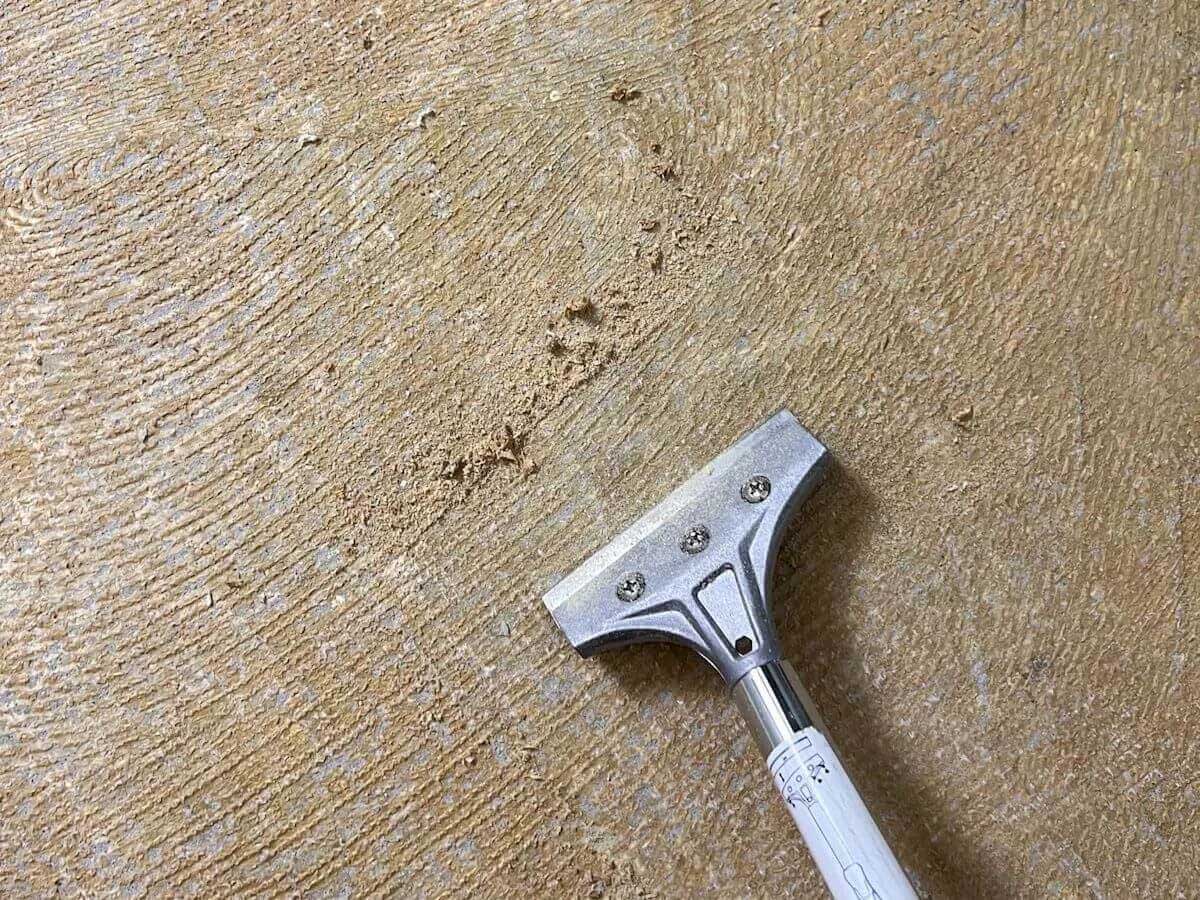
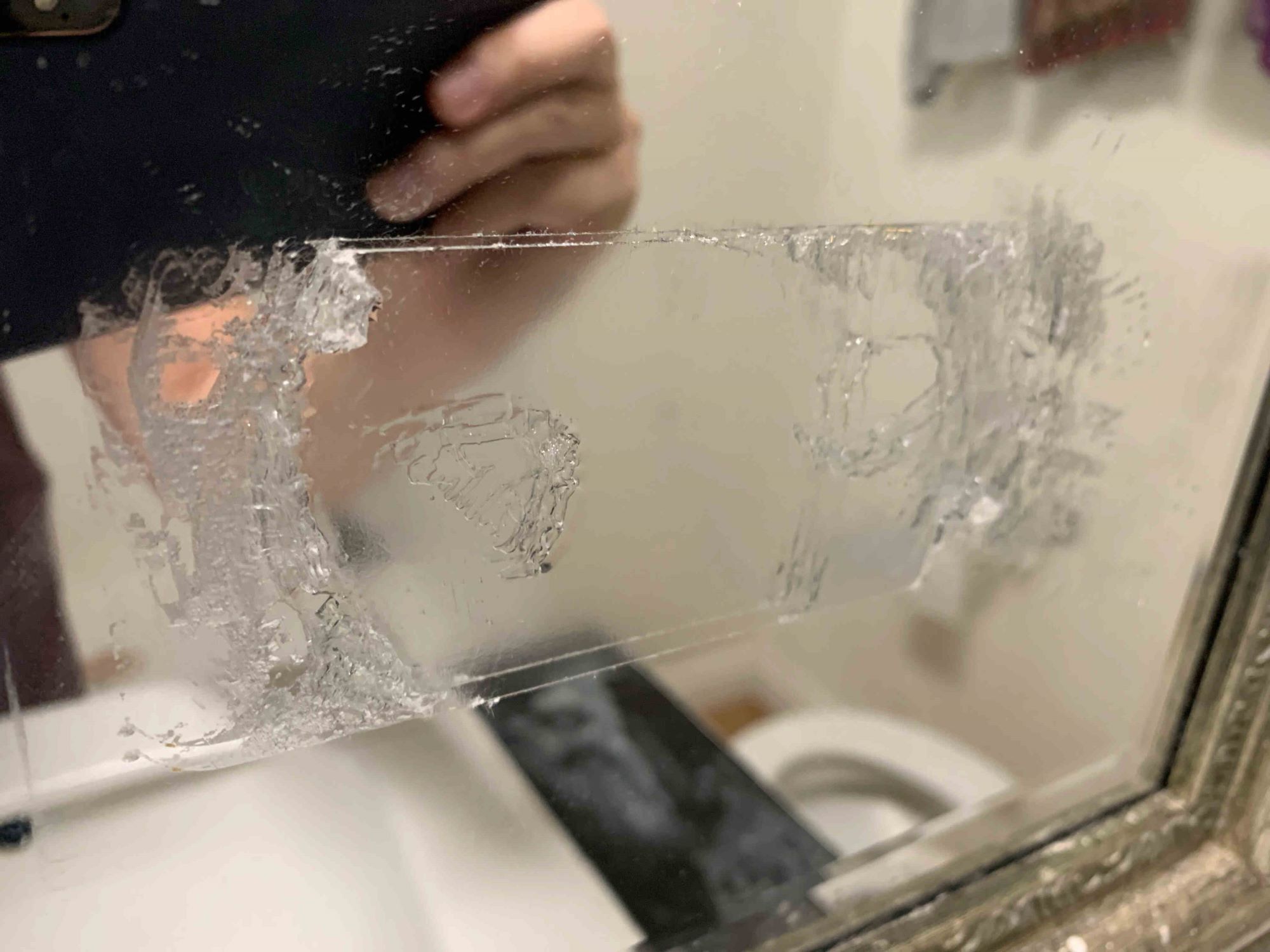
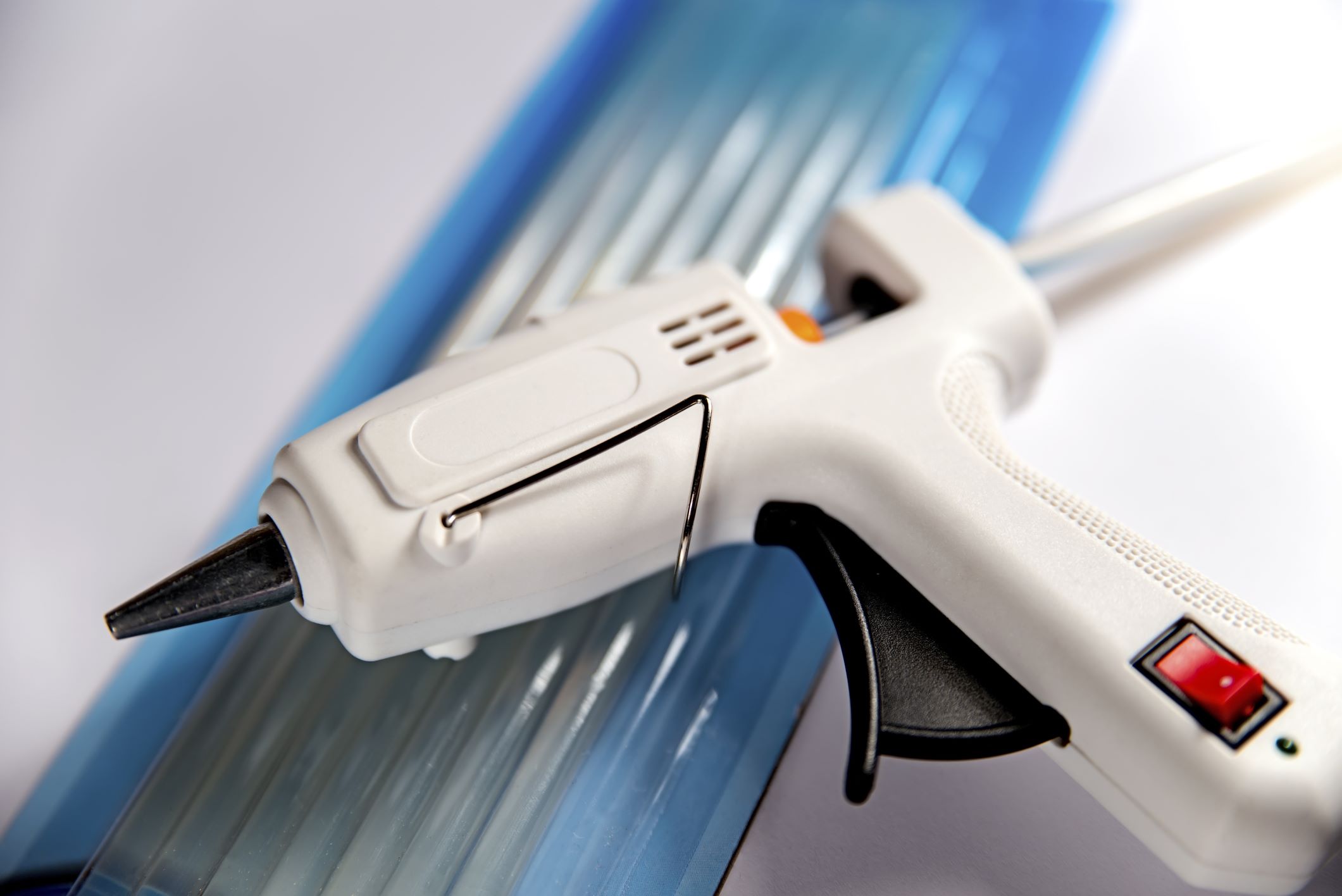
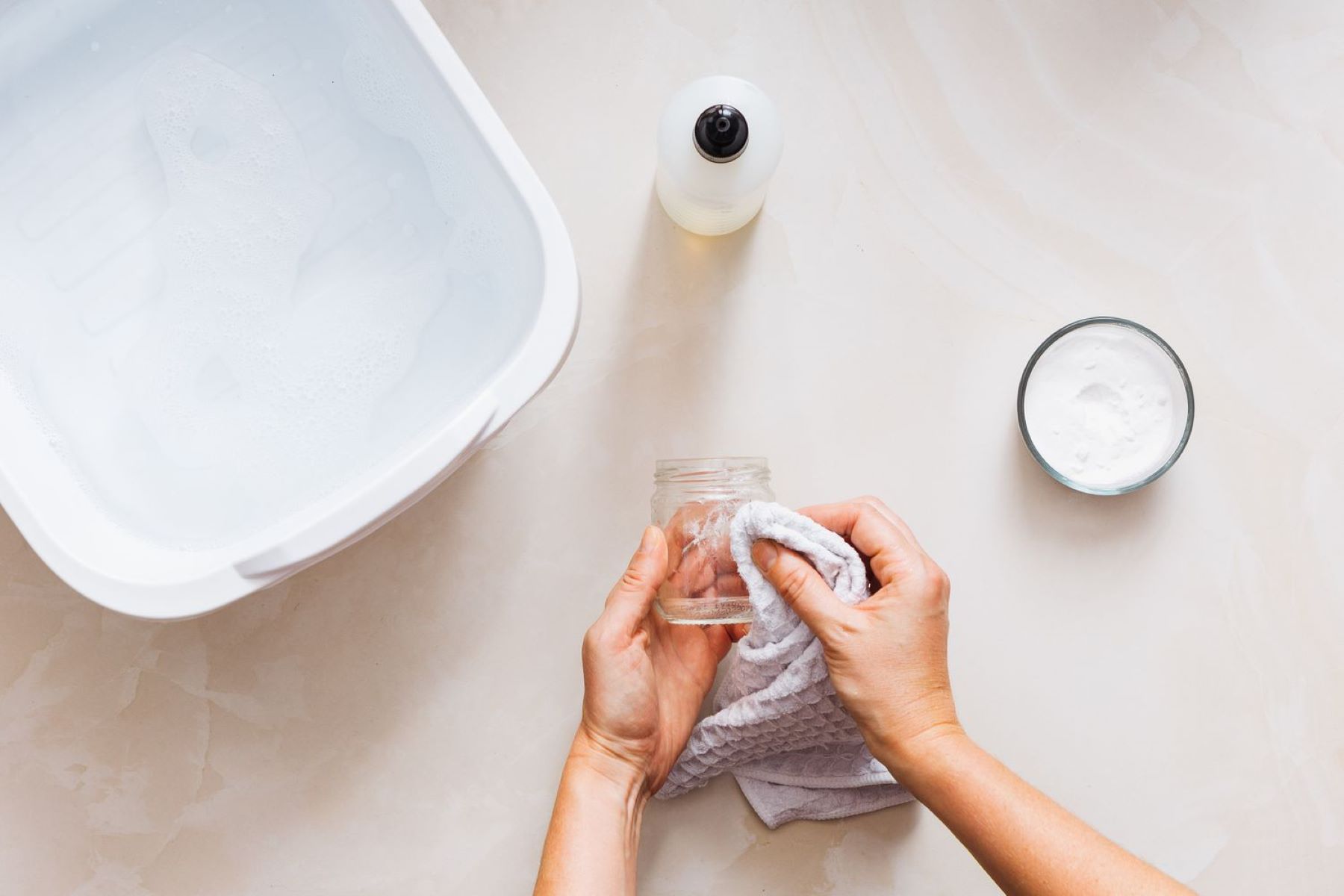
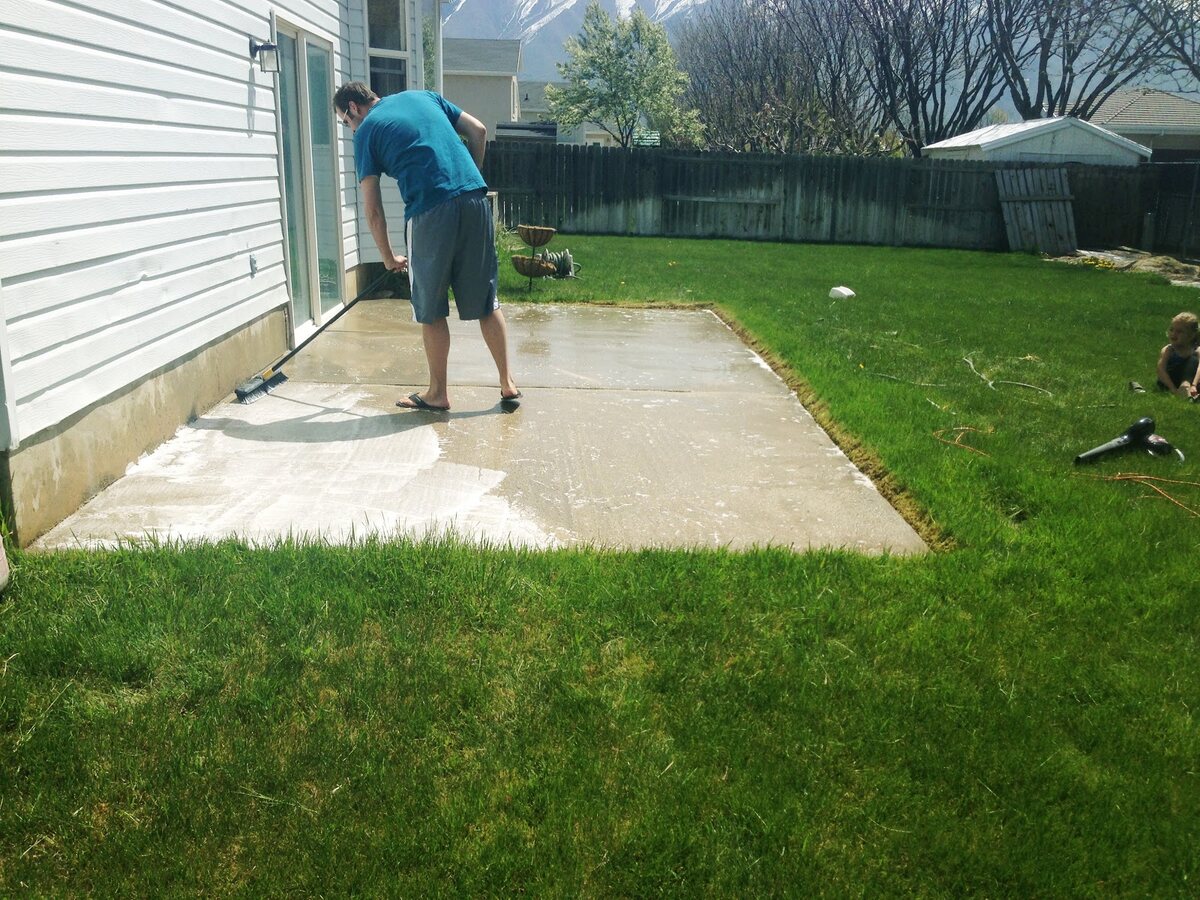
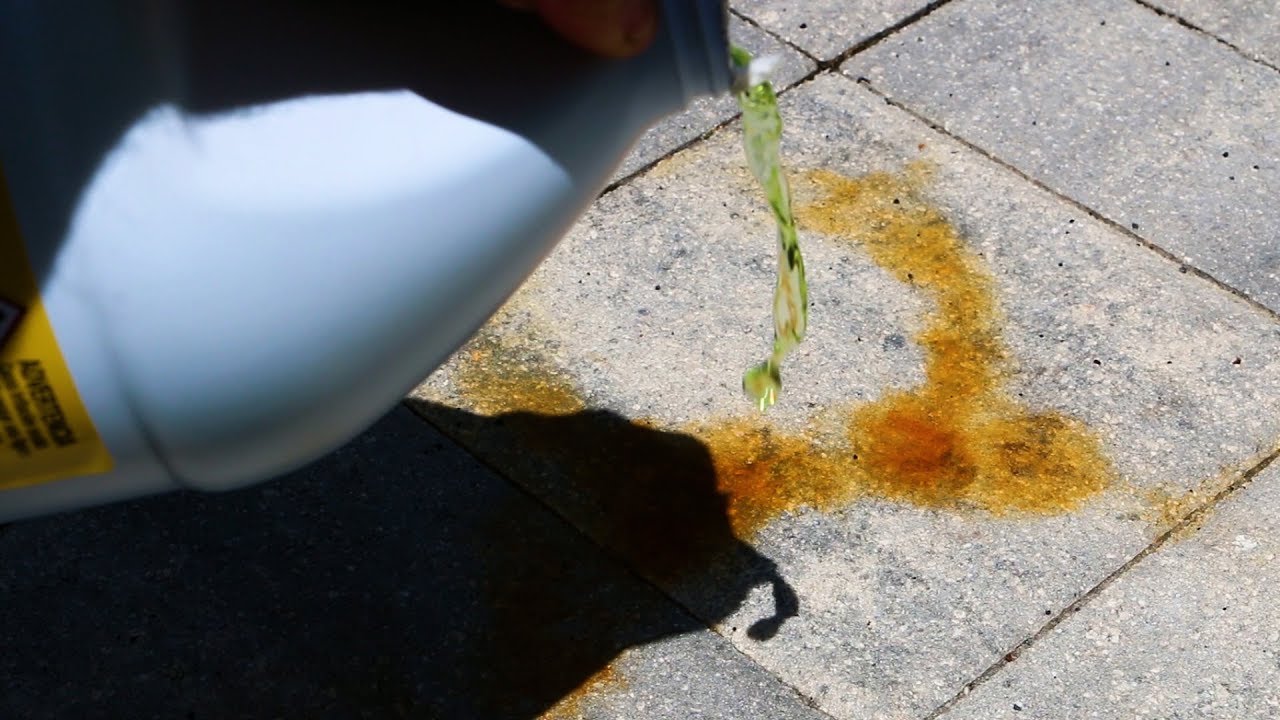
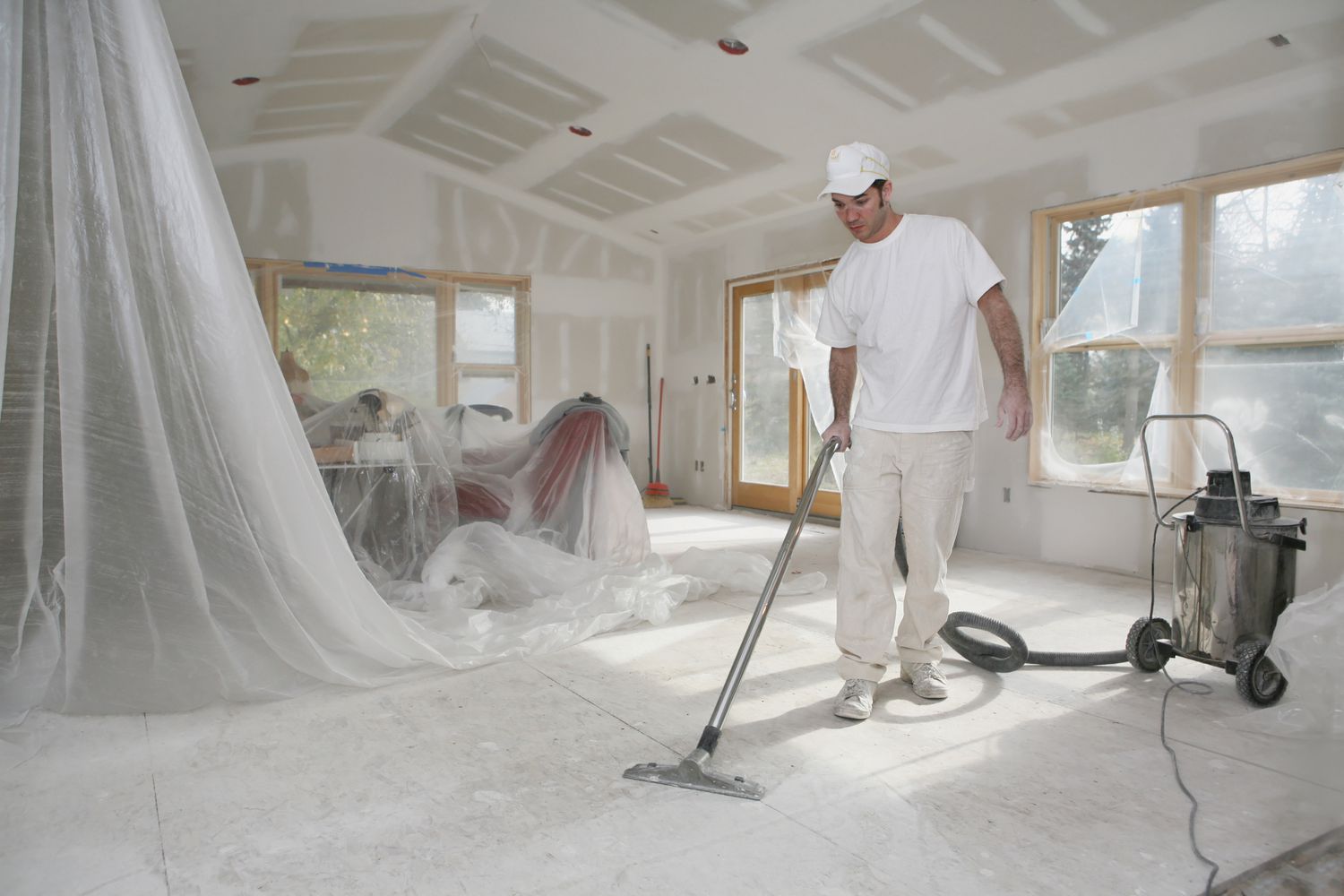
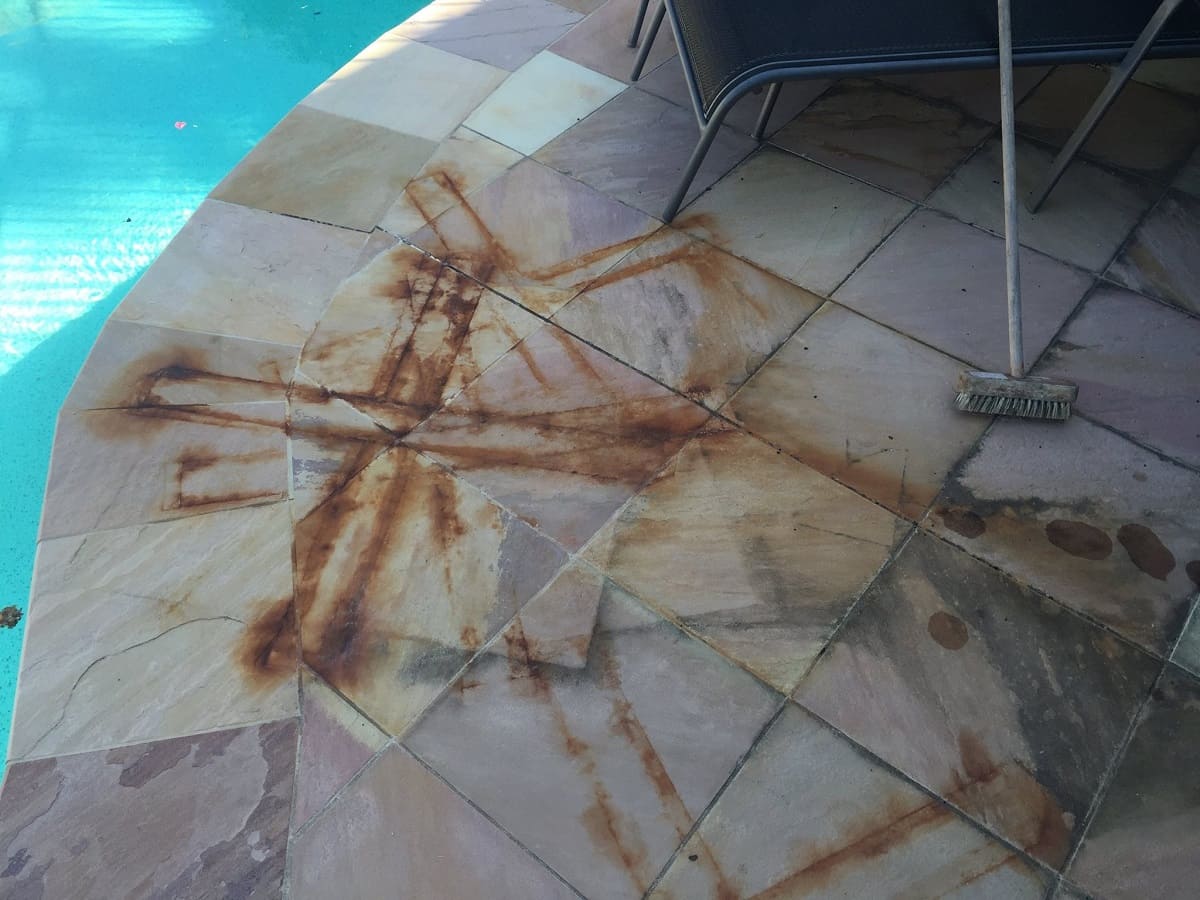
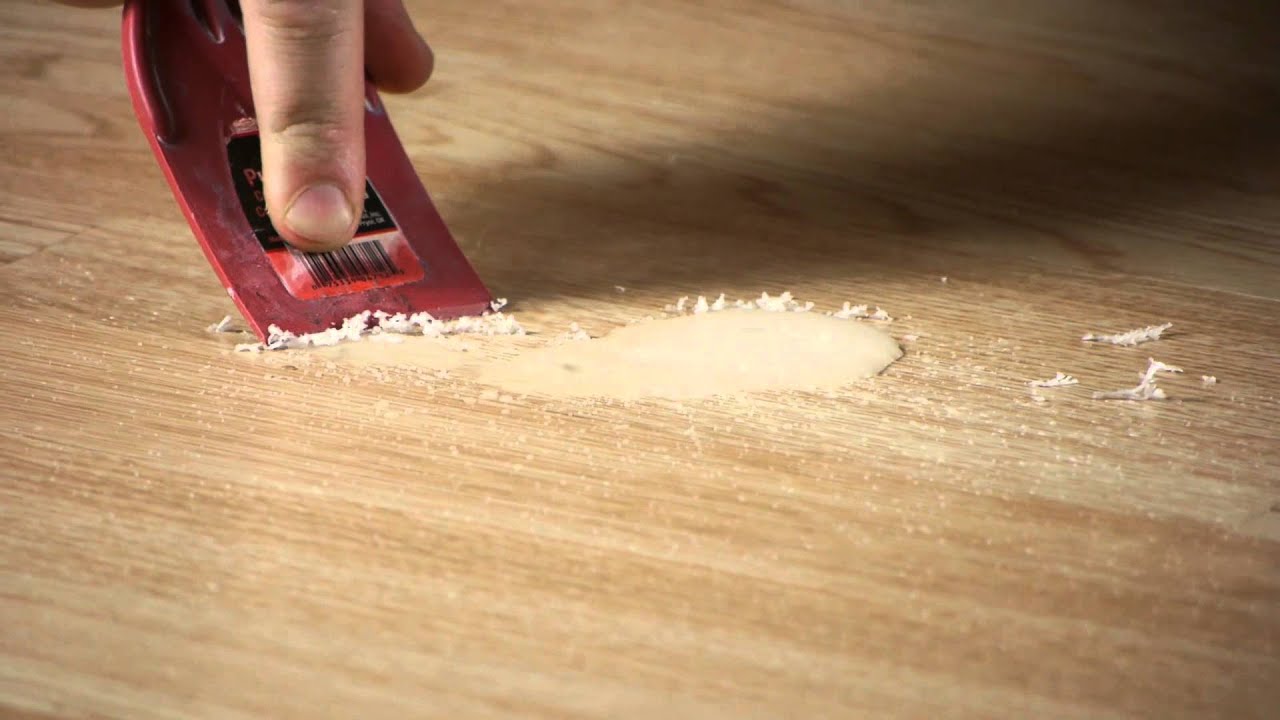
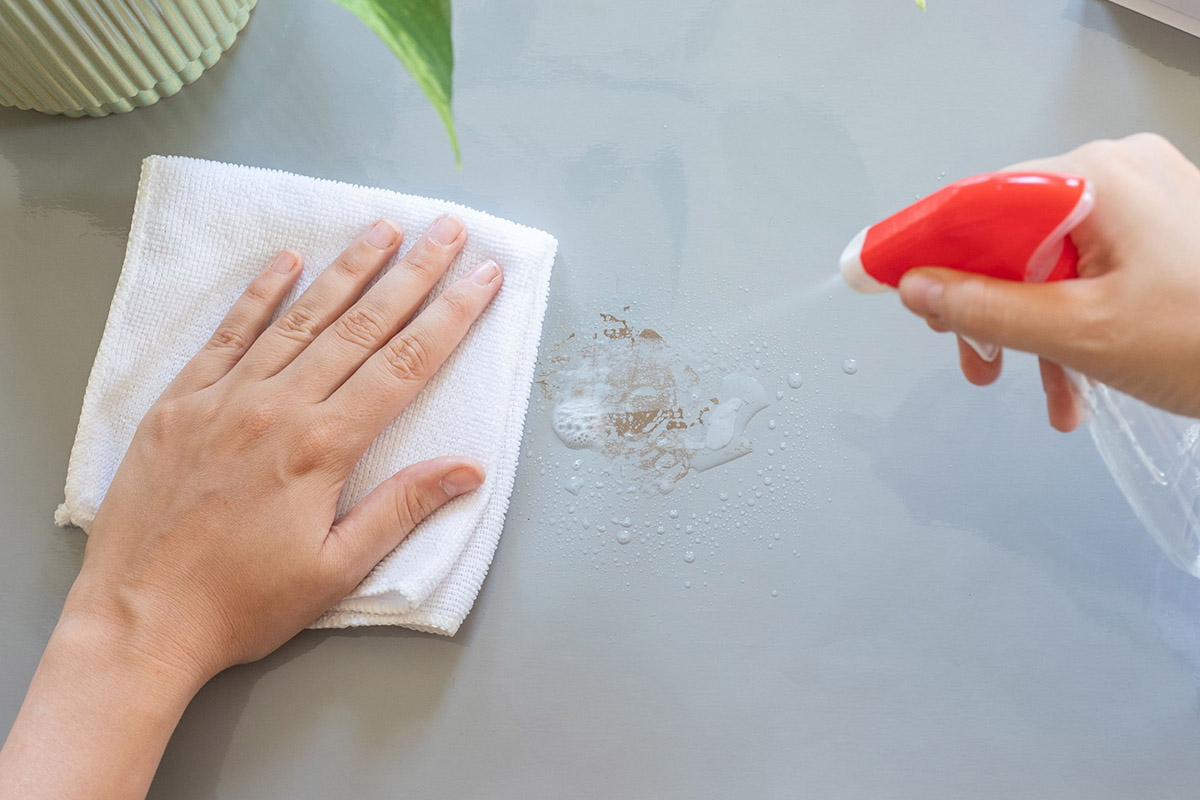
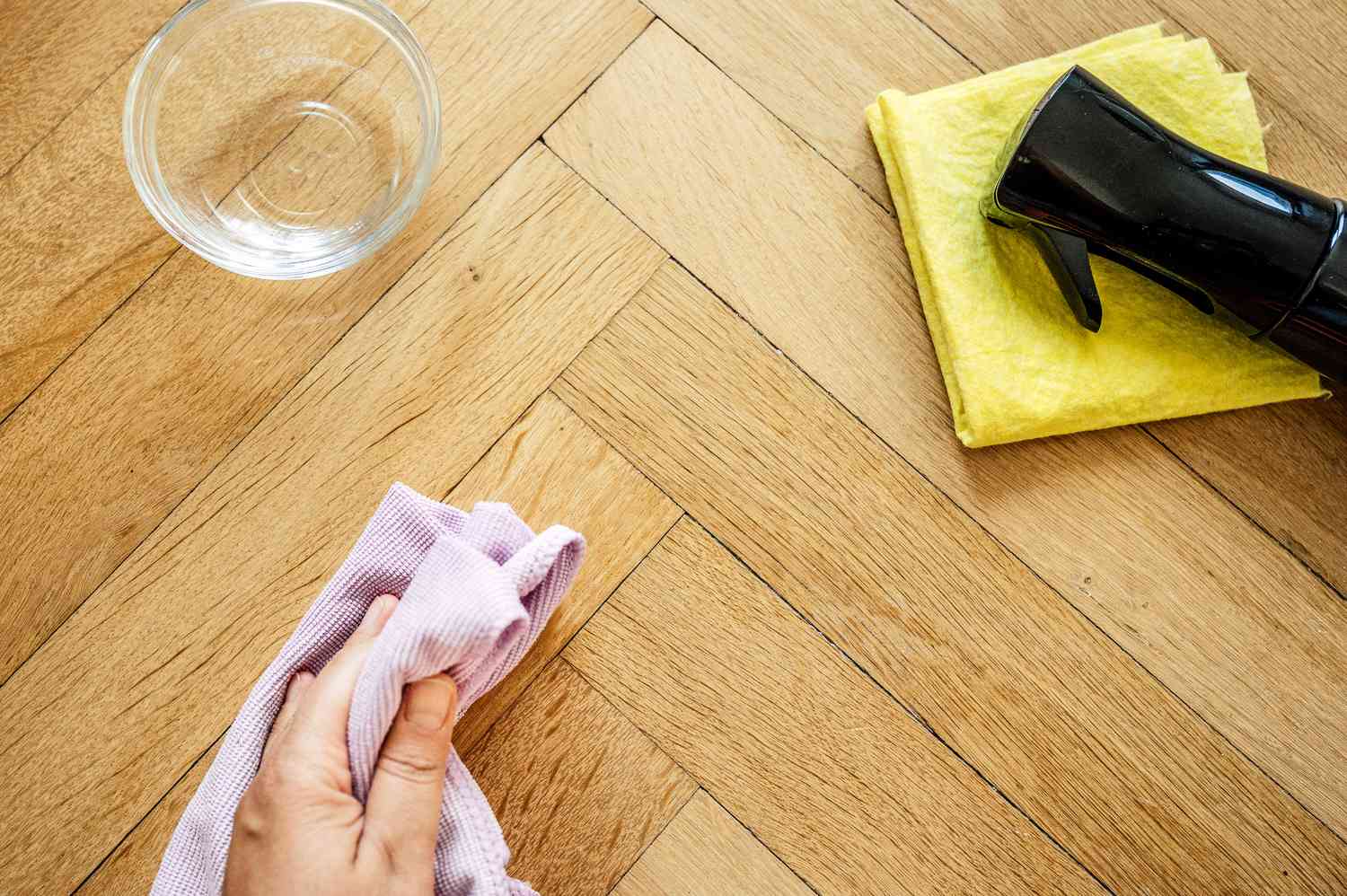
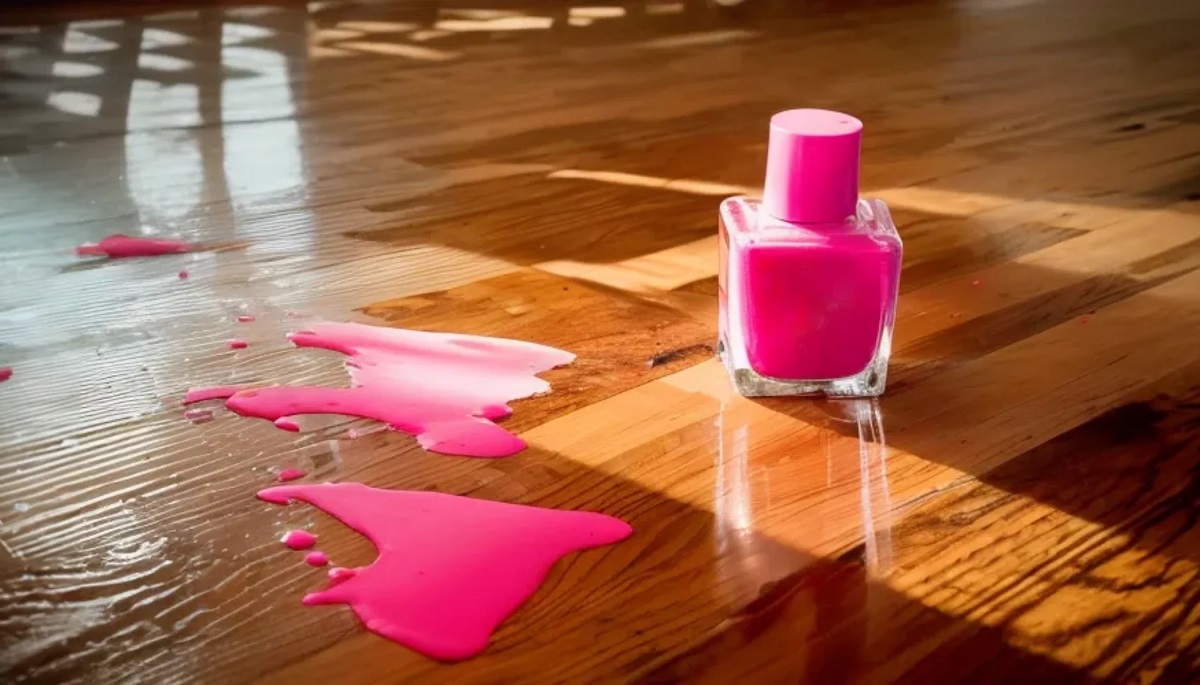
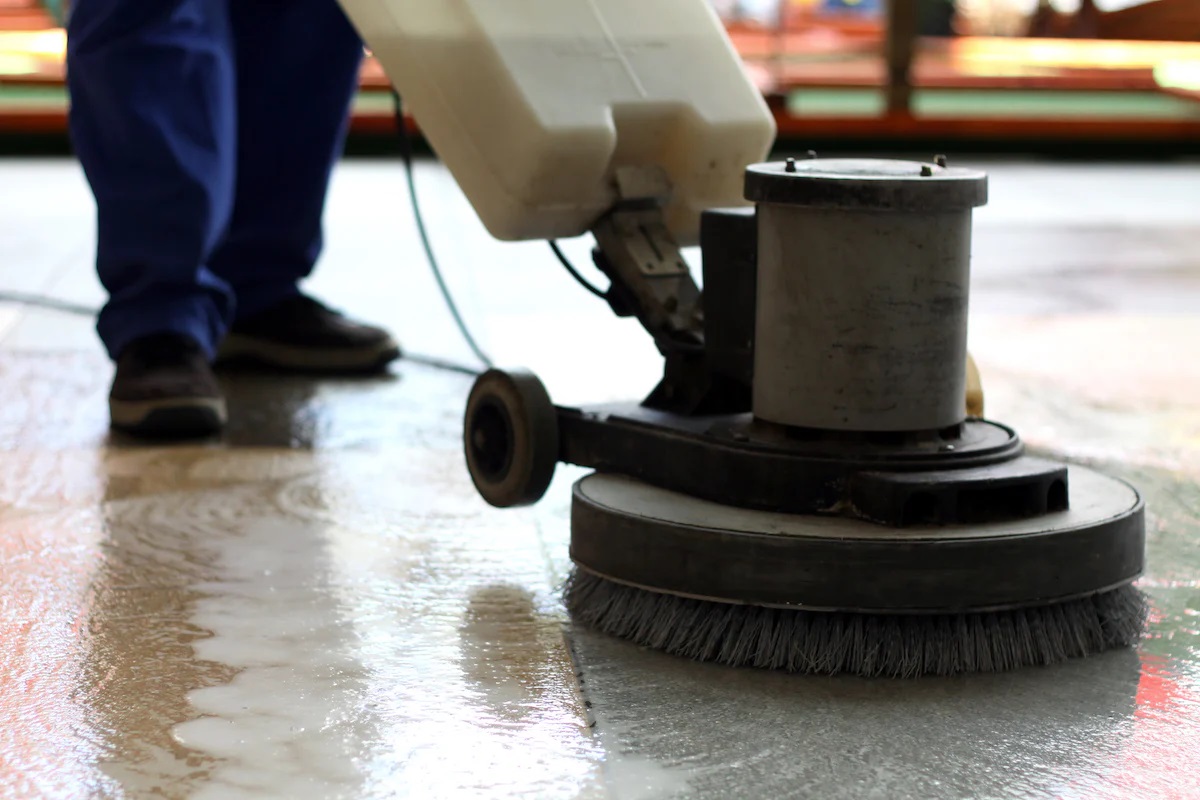
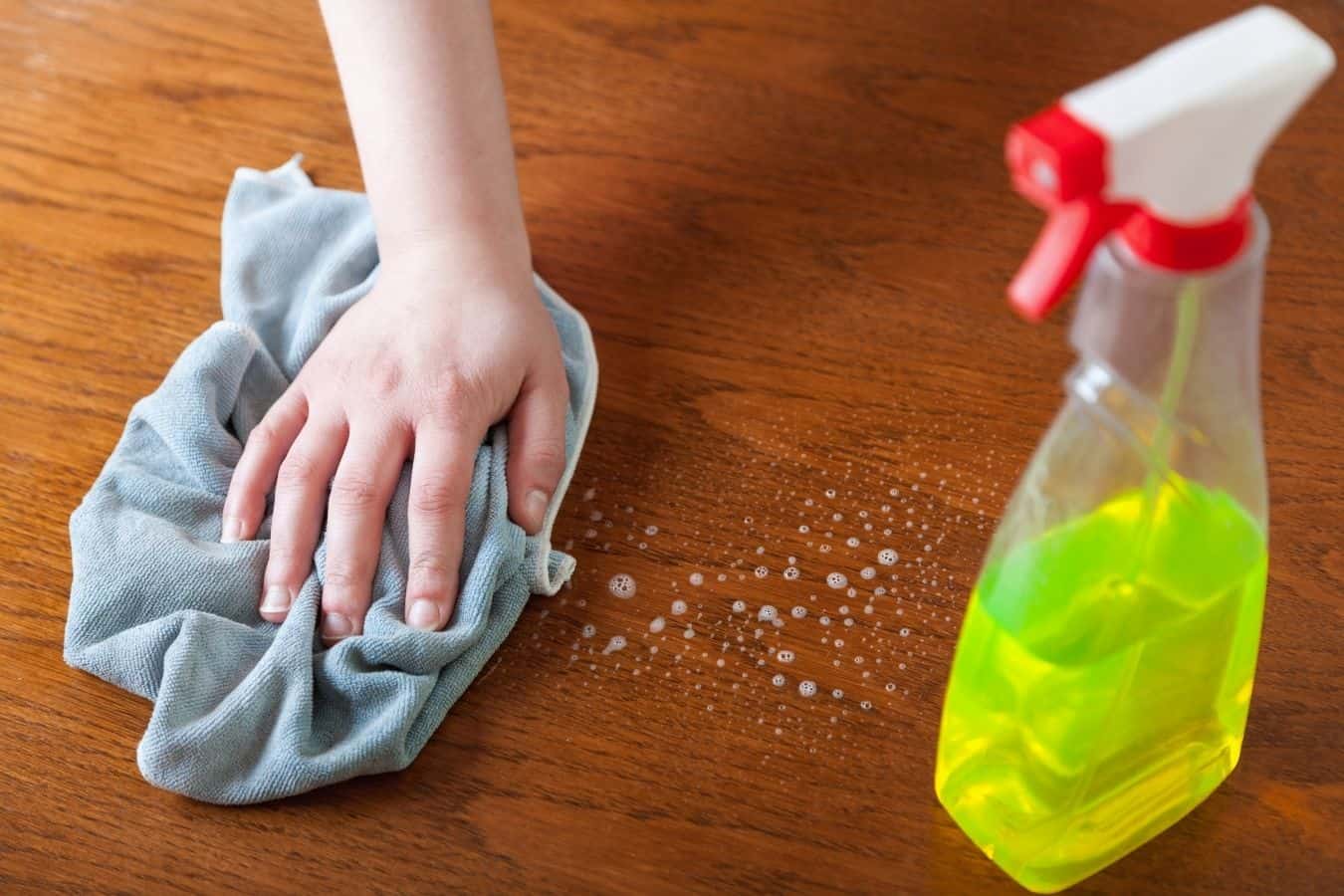

0 thoughts on “How To Get Floor Glue Off Concrete”